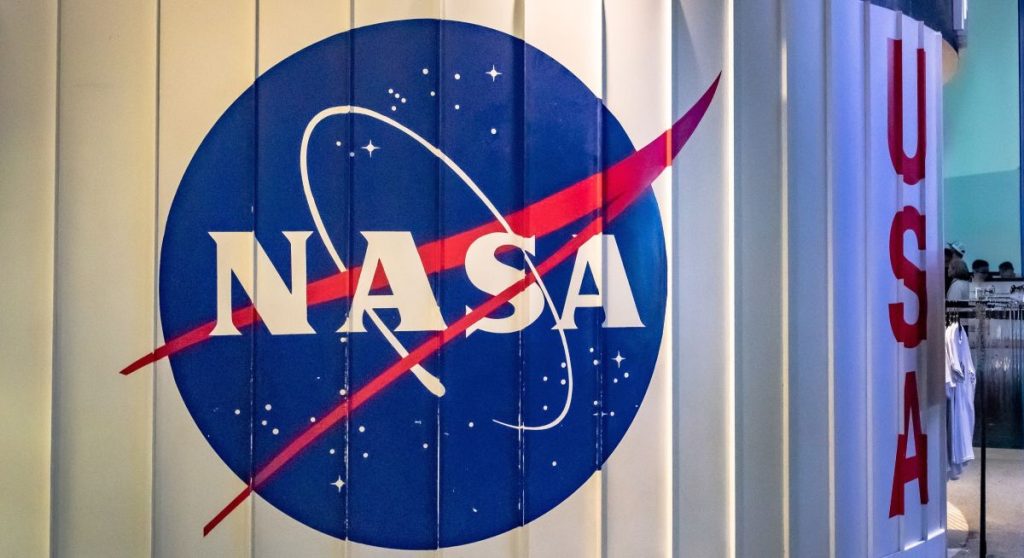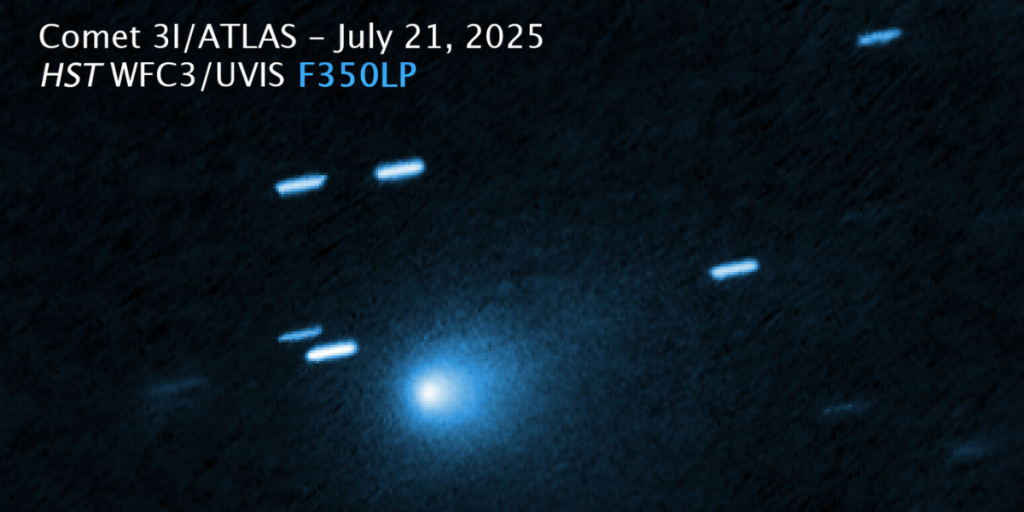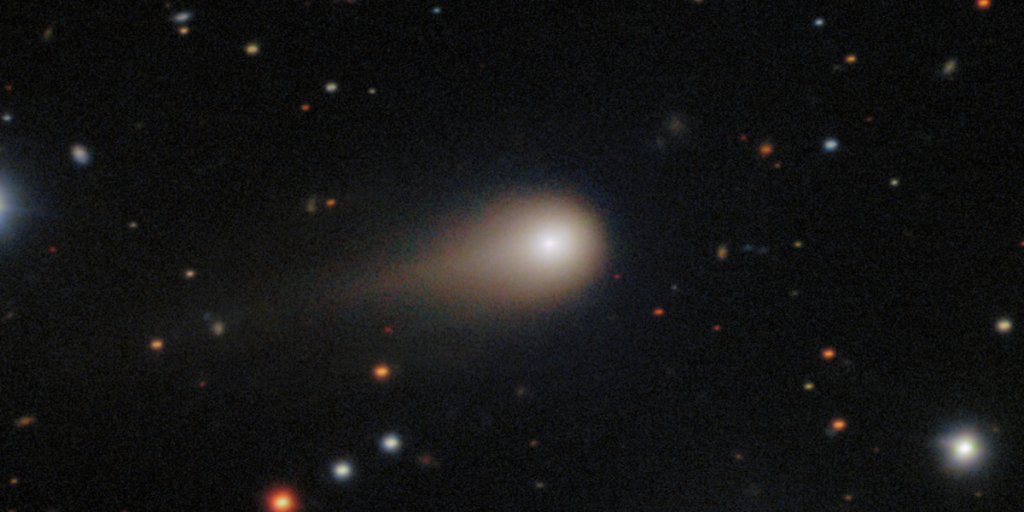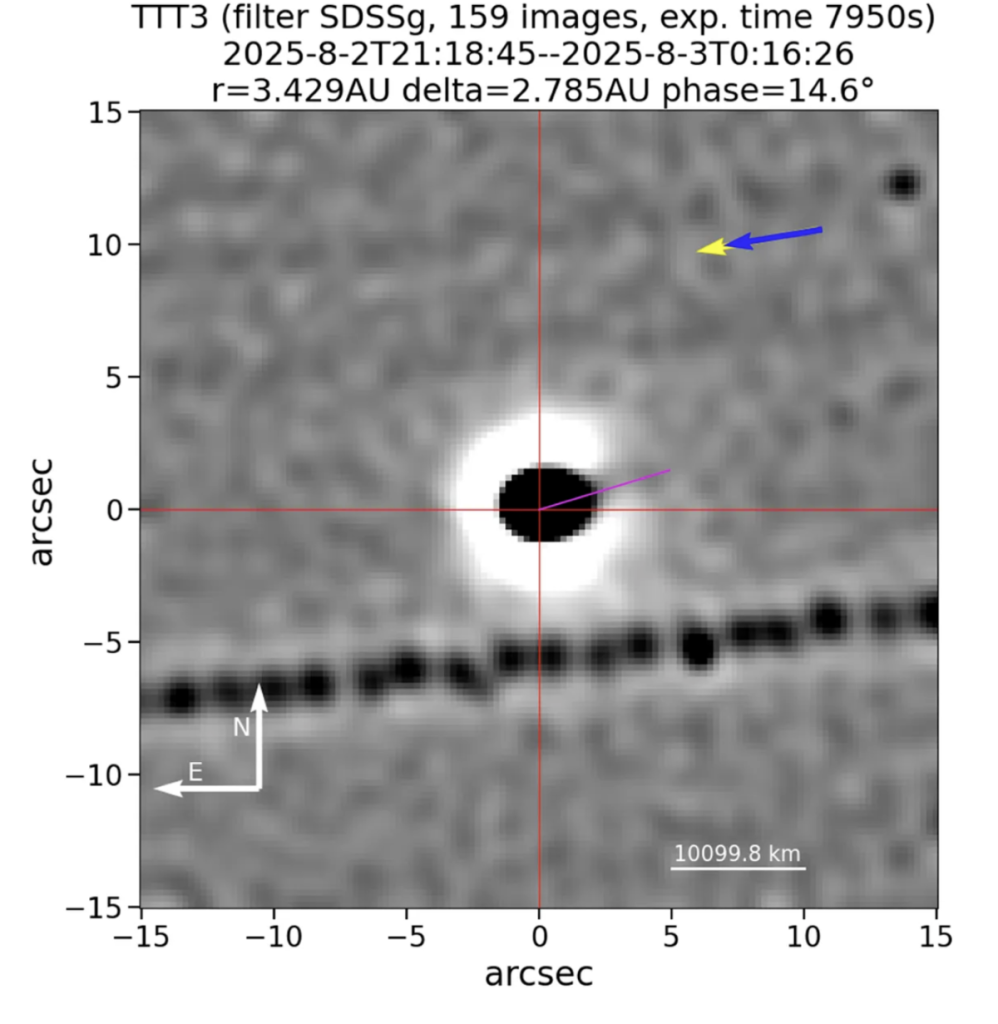Is 3I/ATLAS just a comet—or something more?
Others are reading now
Is 3I/ATLAS just a comet—or something more?
Why strange space objects keep us looking up

Interstellar objects—those that come from beyond our solar system—are incredibly rare. When one enters our cosmic neighborhood, it sparks serious curiosity among scientists and the public alike.
Could these visitors tell us more about how the universe works—or even about the possibility of alien life? That’s the debate currently unfolding around an object named 3I/ATLAS.
NASA says ‘comet,’ but one professor isn’t convinced

According to LADbible, 3I/ATLAS is only the third interstellar object detected in our solar system. NASA has classified it as a comet, with lead scientist Tom Statler saying, “It looks like a comet. It does comet things… the evidence is overwhelmingly pointing to this object being a natural body.”
However, Harvard’s Professor Avi Loeb believes dismissing alternative theories too quickly is a mistake, accusing NASA of “pretending to be the adults in the room.”
Also read
Loeb argues for more curiosity—and transparency

Loeb told LADbible that he isn’t claiming the object is definitively alien in origin—but that NASA shouldn’t shut down debate.
He criticized the agency for not releasing what he says is the highest-resolution image of 3I/ATLAS, taken in October. “The truth is not decided by authority,” he said, adding that science should be led by data, not bureaucracy.
Blue light and unexplained acceleration

Loeb pointed to two main anomalies: the object’s blue color and signs of non-gravitational acceleration. As he explained to LADbible, comets typically appear red due to shedding dust — but 3I/ATLAS looked blue as it neared the Sun.
He suggested that this could be caused by carbon monoxide — or potentially by an artificial light source, reports LADbible.
Ranking the alien possibility on the ‘Loeb scale’

Loeb rated 3I/ATLAS a four out of ten on his personal “Loeb scale,” where zero is completely natural and ten indicates confirmed extraterrestrial technology. ‘
Also read
According to LADbible, he maintains that the object is “most likely natural,” but that “a very high probability” remains for other explanations. NASA, for its part, maintains that the object poses no threat to Earth, and reiterated that it’s simply a comet.
Why it’s good to keep asking big questions

Whether or not 3I/ATLAS turns out to be unusual, the discussion highlights something important: scientific progress thrives on open-mindedness.
History shows that questioning established views often leads to breakthroughs. While it’s wise to stay grounded, staying curious is just as vital—especially when something from beyond the stars comes our way.


